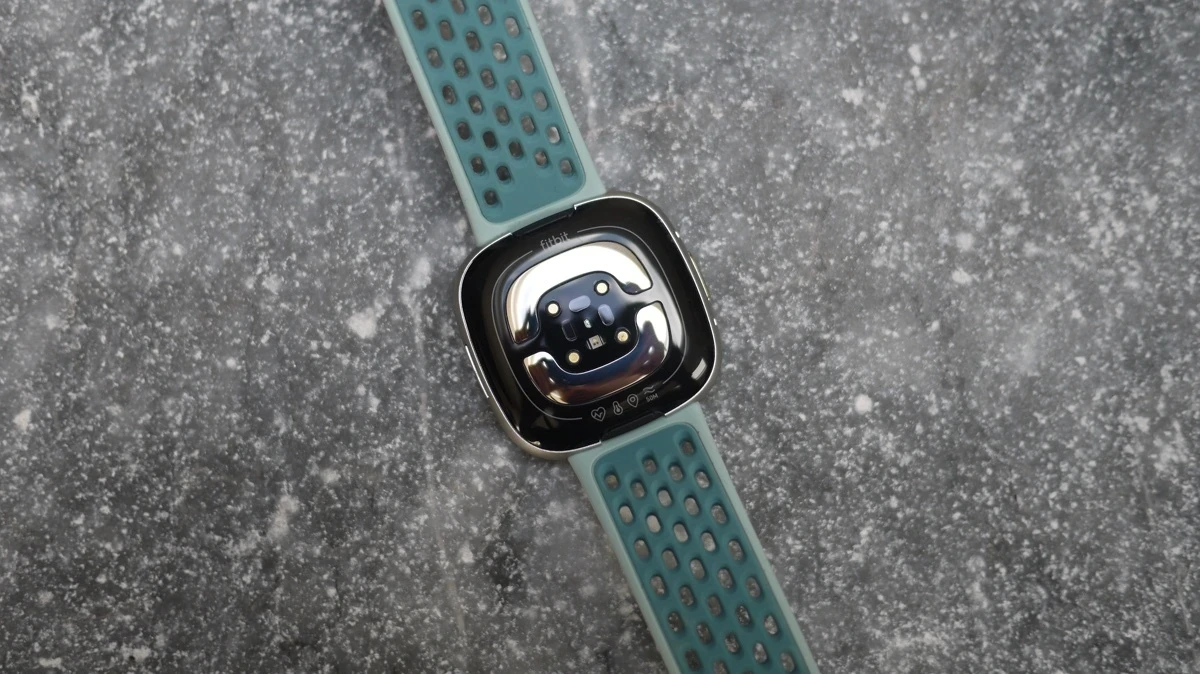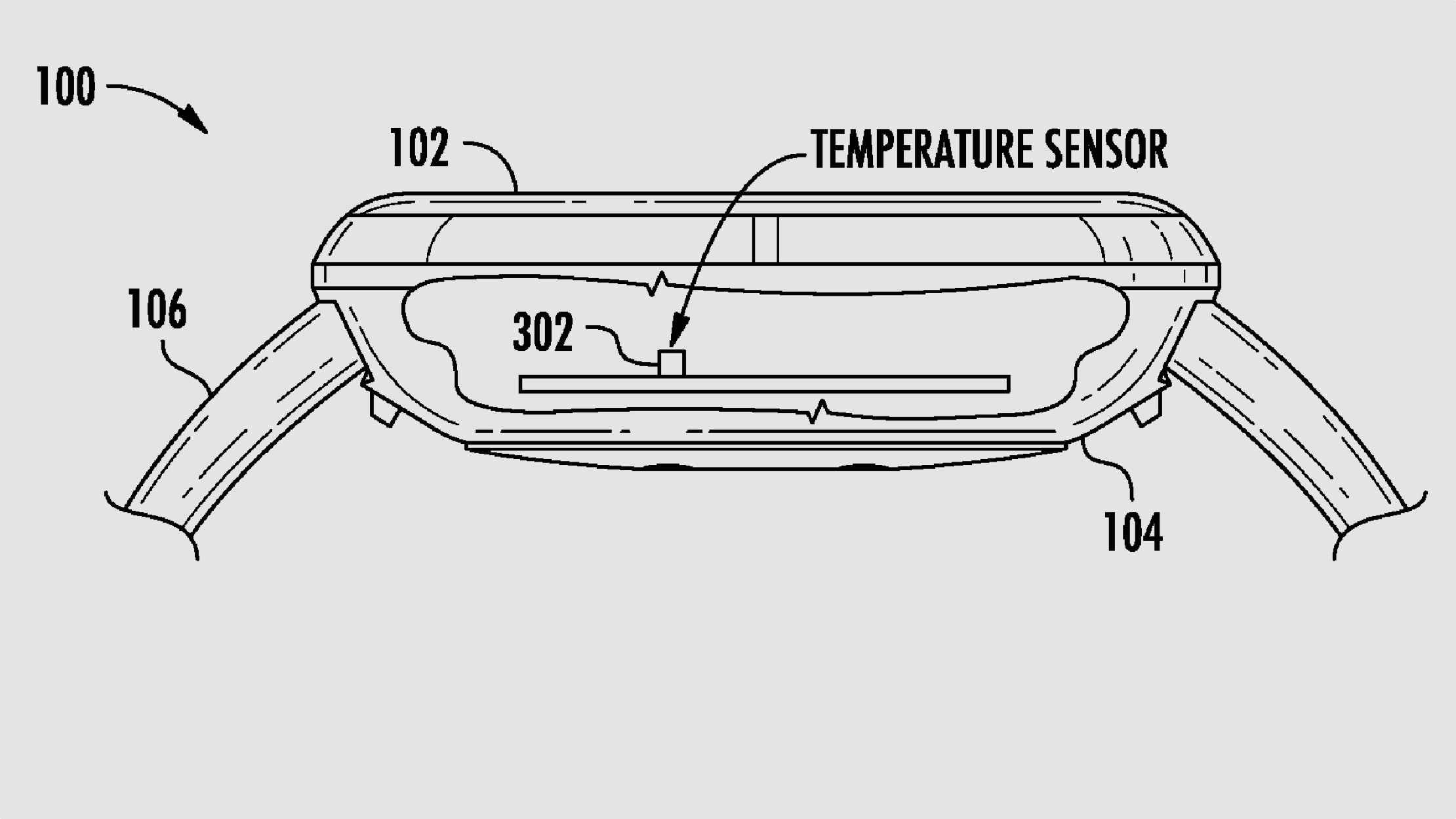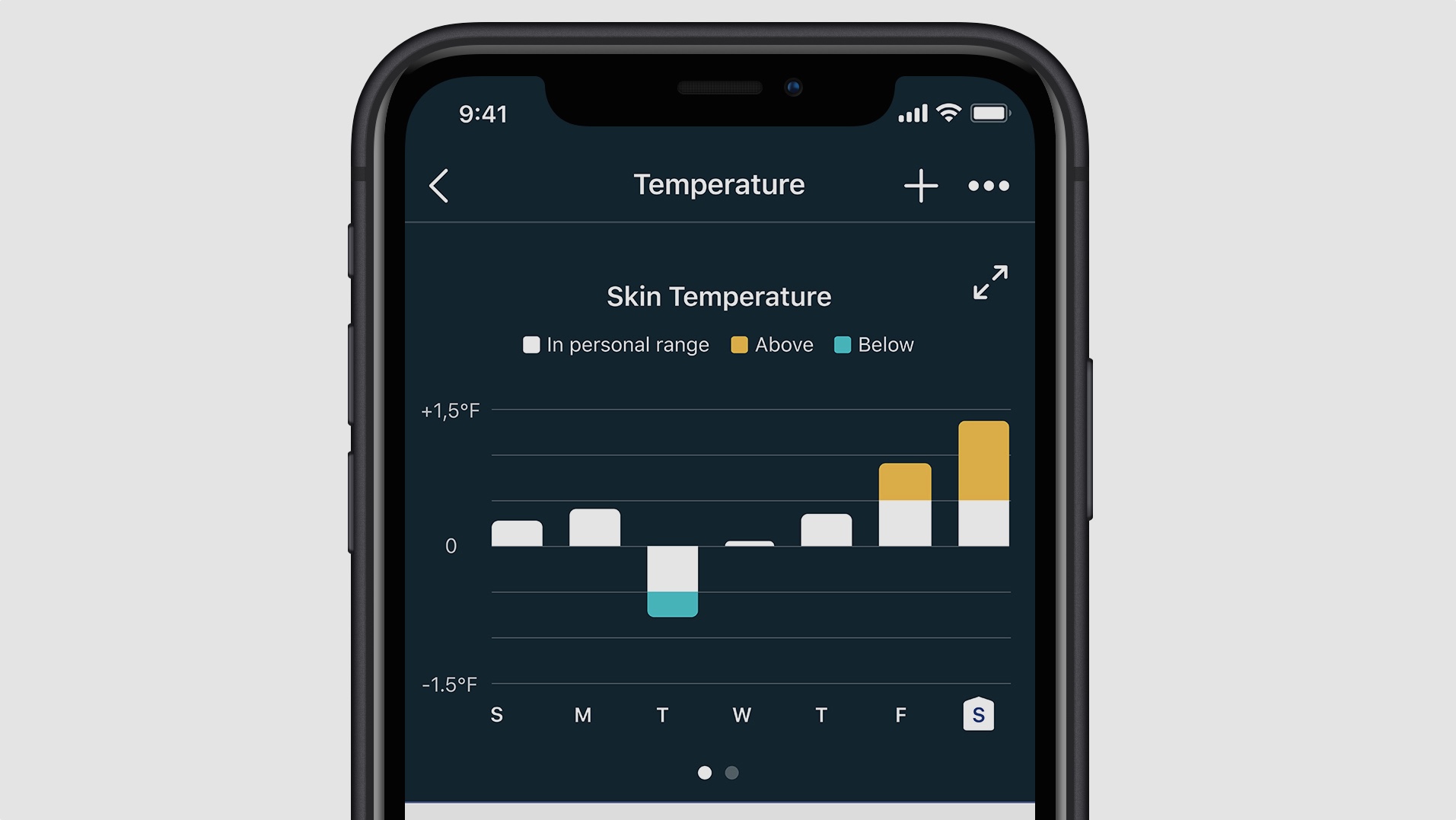
Fitbit is working on a new way to improve wearers’ skin temperature estimates, by filtering out the factors currently skewing readings.
In a patent filing spied by Wareable, Fitbit explains how factoring in the temperature of the device and the ambient air temperature would result in more accurate skin temperature readings, unaffected by environmental and other non-physiological factors.
This could lead to more accurate sleep quality and stress readings, which currently factor in the skin temperature reading identified by a dedicated electrodermal activity (EDA) sensor.
Workflow diagrams filed alongside the patent show the Fitbit device establishing its internal temperature before taking an initial skin temperature reading.
It would then consider the ambient temperature by consulting a multitude of other sensors on the device.
Only then would it measure skin temperature again. The external data could be used to refine the estimate and the resulting insights passed on to the wearer.
Wareable
“Skin temperature data can be dominated by shifts in ambient temperature,” the patent filing explains. “Devices that provide for skin temperature monitoring can thus introduce inaccuracies that are unrelated to sensor error.
"Methods, systems, and devices are needed to distinguish skin temperature changes that are physiologically induced from skin temperature changes that are environmentally induced.”
The filing describes how the new tech “involves refining, by the computing system, the first estimate of the skin temperature based at least in part on the internal device temperature of the wearable device to generate a second estimate of the skin temperature.”
Why is skin temp accuracy important?
Why is this important? Well, considering the role wearable devices have assumed in providing health-based insights while giving users real-time, actionable recommendations, reliable skin temperature readings are very significant.
For example, Fitbit tracks body temperature readings as part of its sleep quality insights and presents the specific metric to users each morning. Since the Fitbit Sense launched in 2020, many models have included a dedicated electrodermal activity (EDA) sensor for this purpose.
Fitbit deploys powerful algorithms to interpret this data and says variances in your internal temp can offer insight into your circadian rhythm. It also encourages users to view temperature spikes as the potential onset of fever or sickness.
“I think temperature comfort during sleep is important and something that individuals might learn about through the skin temperature sensors,” said Lindsey Sunden, then Director of Physiological Sensing at Fitbit (now Senior Staff Research Scientist at Google, according to her LinkedIn profile) in a Fitbit blog post published in 2020.
Fitbit
“If you see peaks in your skin temperature during the night, it could be a sign that overheating is disrupting your sleep.”
So, ensuring these readings are not affected by the device running hotter than usual, or the user being in a different sleeping environment is certainly important when users act upon the information to make informed decisions about their health, bedding, and the effects of their menstrual cycle.
Beyond sleep, the Fitbit Sense 2’s new Body Response feature (which is also rumored as a Pixel Watch 2 feature) also factors in skin temperature when informing users of their current stress levels.
“We can track your stress in real-time by using a machine learning algorithm that was trained to know what to look for, like sweat levels, but also heart rate, heart rate variability, and skin temperature,” Google wrote in a blog post in June.
Currently, Fitbit warns users on its website that “significant changes in ambient temperature may negatively impact skin temperature tracking.”
Ergo, it could also negatively affect sleep and stress tracking and the resulting recommendations. This patent filing could allow that disclaimer to be removed.
Wareable has approached Fitbit/Google seeking more information about when this patent might be realized within Fitbit devices.
How we test
